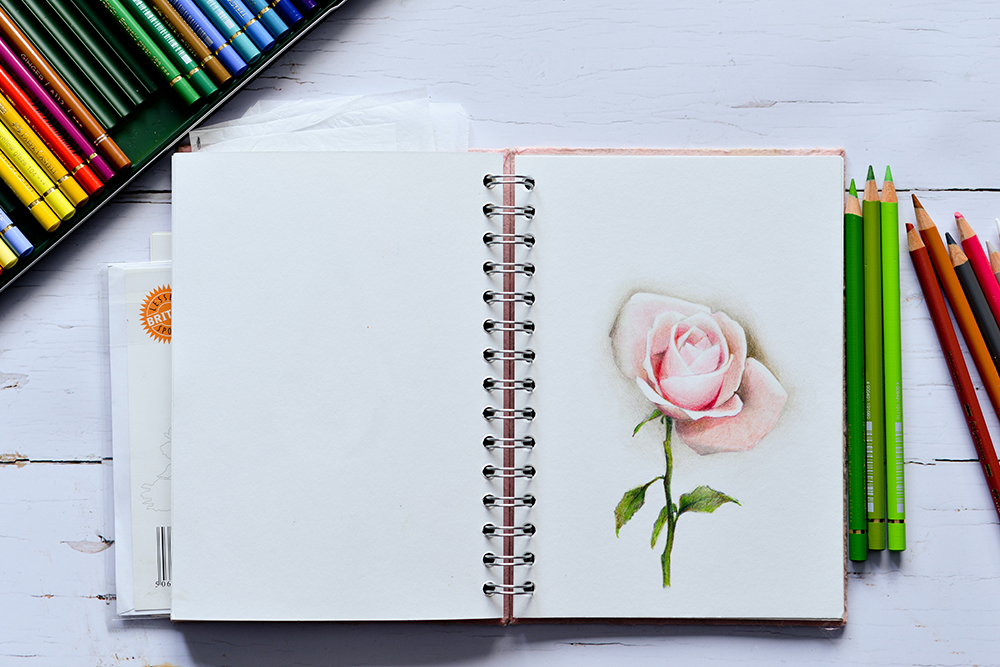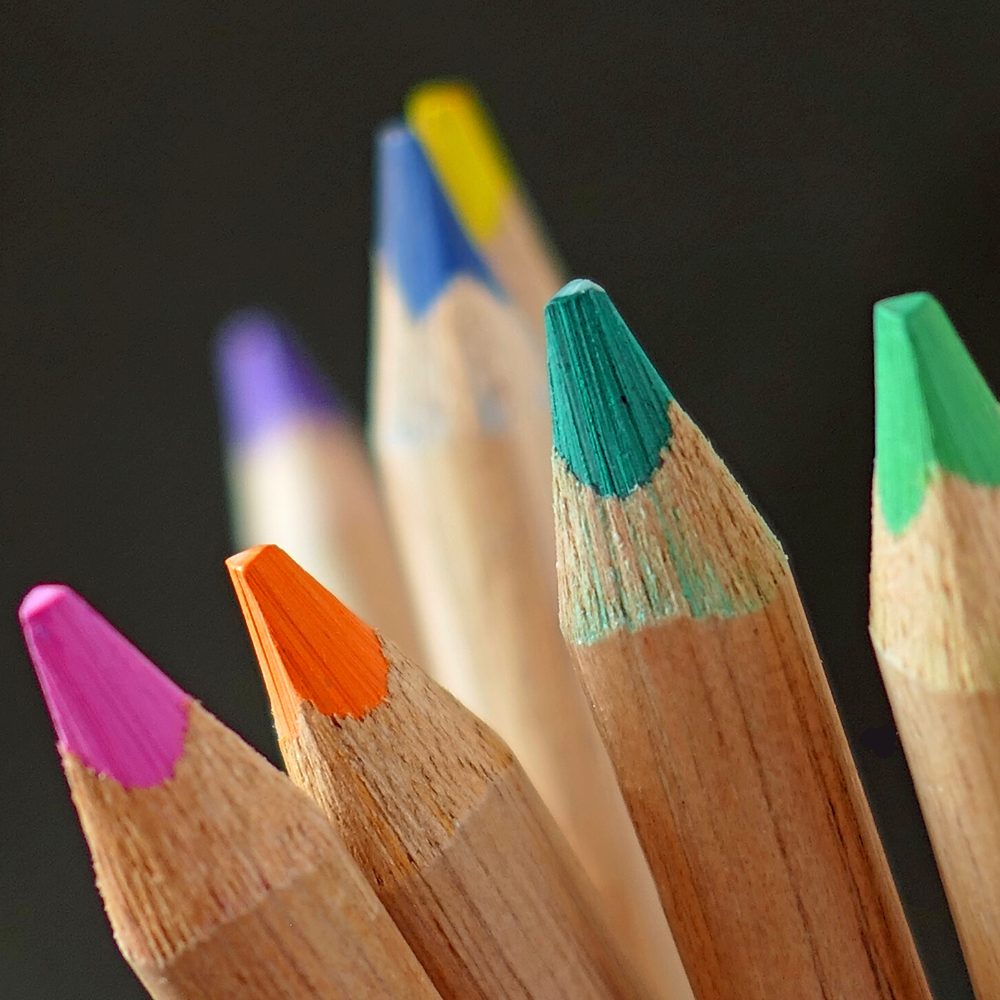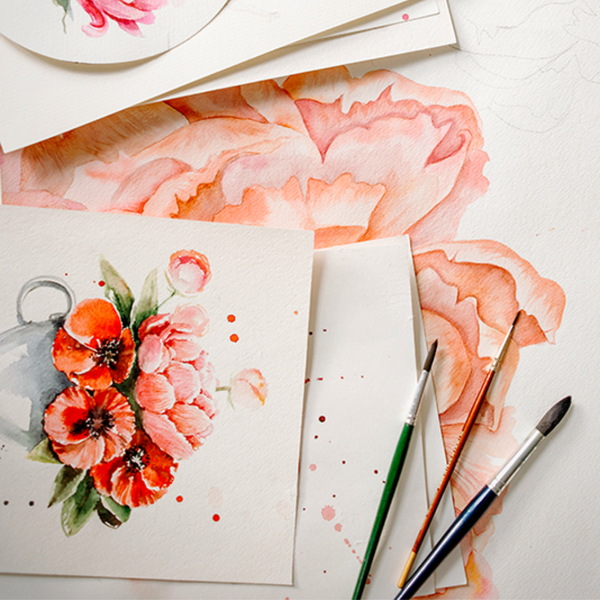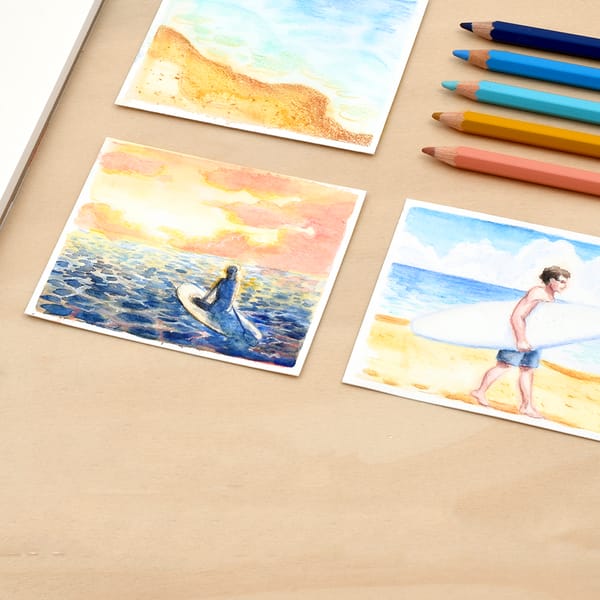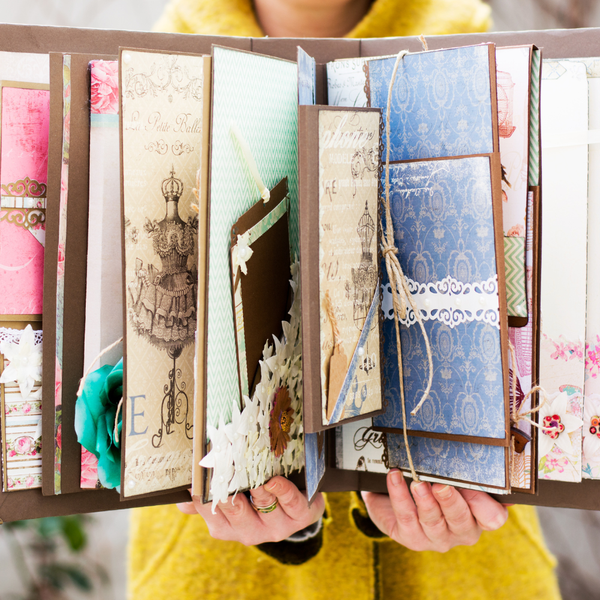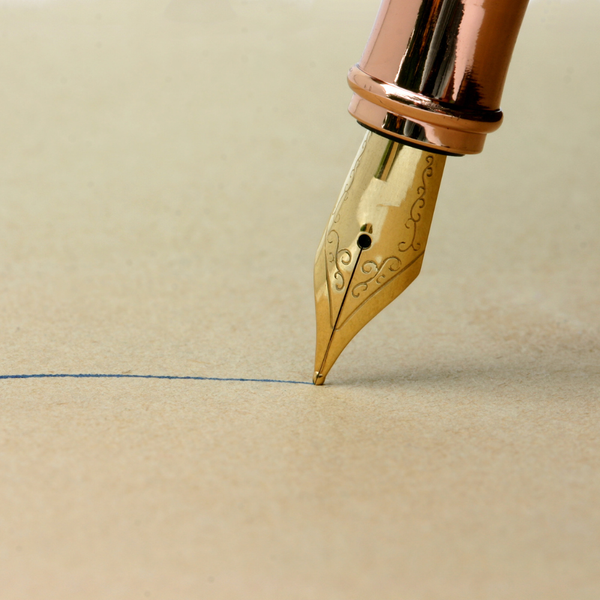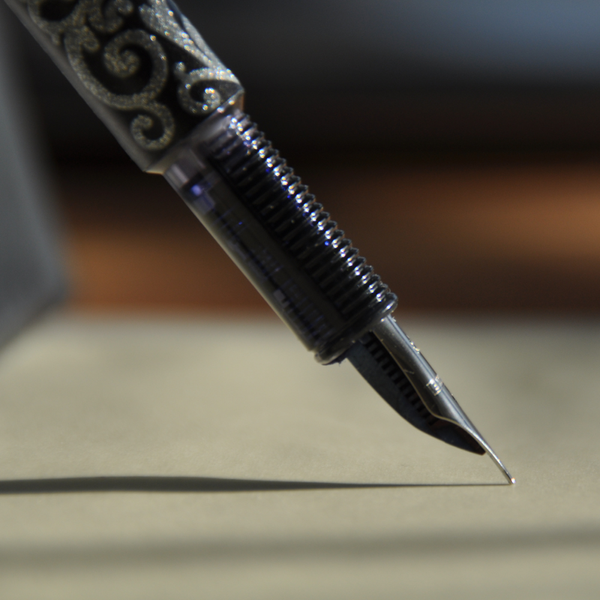Have you ever wondered what is inside of a colored pencil?
The humble colored pencil is often taken for granted.
People might assume that they’re just simple, wooden sticks of color, but have you ever wondered what goes into making a colored pencil?
What materials are used to create the perfect writing and drawing utensil?
Colored pencils are made with a variety of materials, including wax, oil, and clay.
From the lead in each pencil that gives it its color to the binding agent that holds it together, today's post takes a closer look at what makes up a colored pencil and why they have been popular tools among artists of all skill levels for years.
Keep reading to learn more about these beloved art supplies and be ready to find yourself asking even more curious questions as you go!
Let’s take a look at all the amazing components that make up your favorite colored pencils!



The Core of It All
Colored pencils start with a core; the core material of any colored pencil is usually made up of wax or oil-based pigments.
Wax-based cores contain a mix of mineral waxes and pigments.
Because the core material is harder than oil-based cores, it gives colored pencils a slightly harder feel when writing or drawing.
Oil-based cores, on the other hand, consist of a combination of non-drying oils, waxes, and pigments.
Oil cores have a softer lead and are more durable than their wax-based brethren.
This makes them great for blending colors, which makes them ideal for artists who like to shade or create subtle gradients.
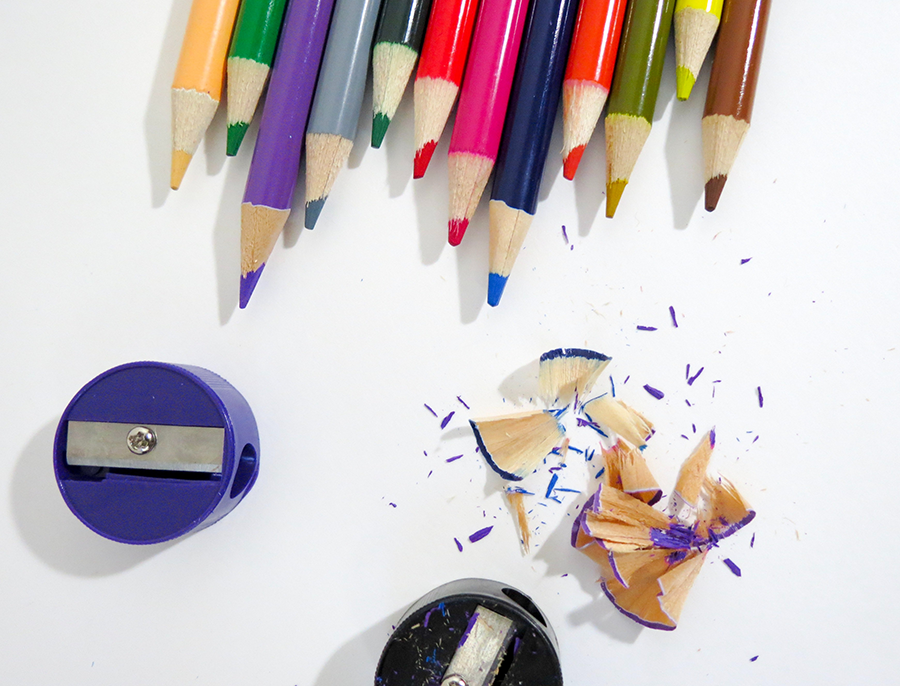
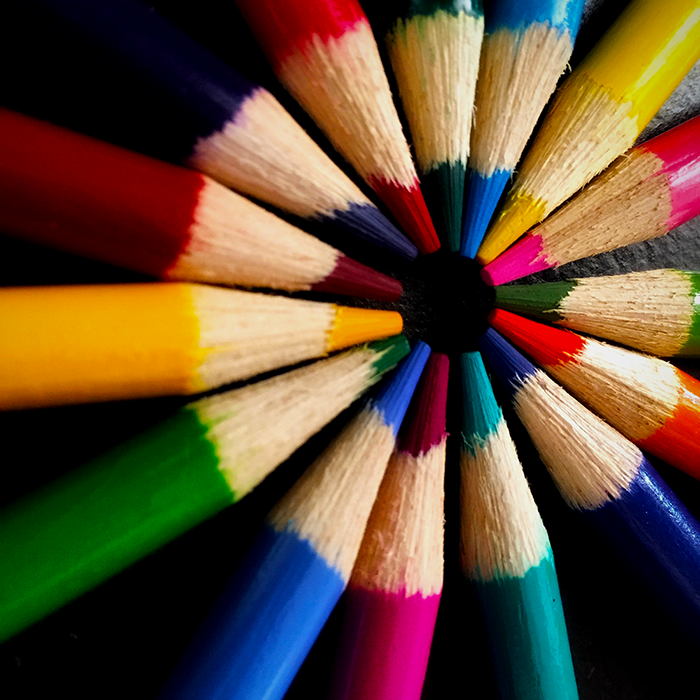
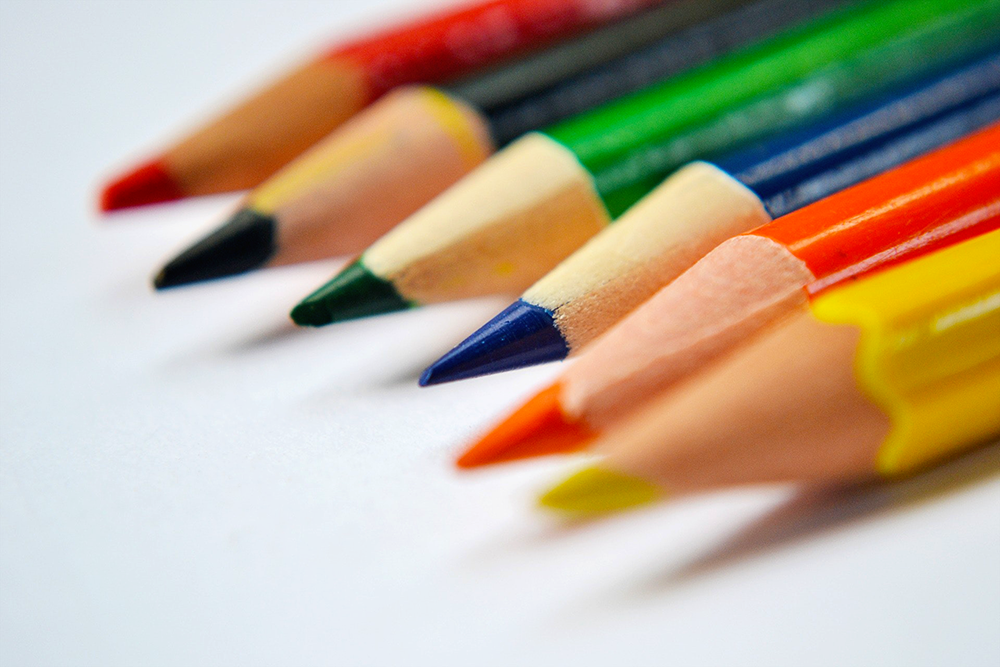
The Lead
Colored pencil lead is actually composed of several different components, including clay and other binders that give the lead its shape and strength.
Unlike graphite pencils, which are made entirely of graphite, colored pencils contain a variety of high quality pigments that give them their vibrant colors.
The type of clay used in the lead also affects its color intensity; for example, kaolin clay produces softer colors while talc creates more intense hues.
Different brands may use different types of binders in their leads to achieve different results; some have more wax while others opt for more oil.
It’s important to experiment with different brands to find the one that works best for your medium and desired outcome.
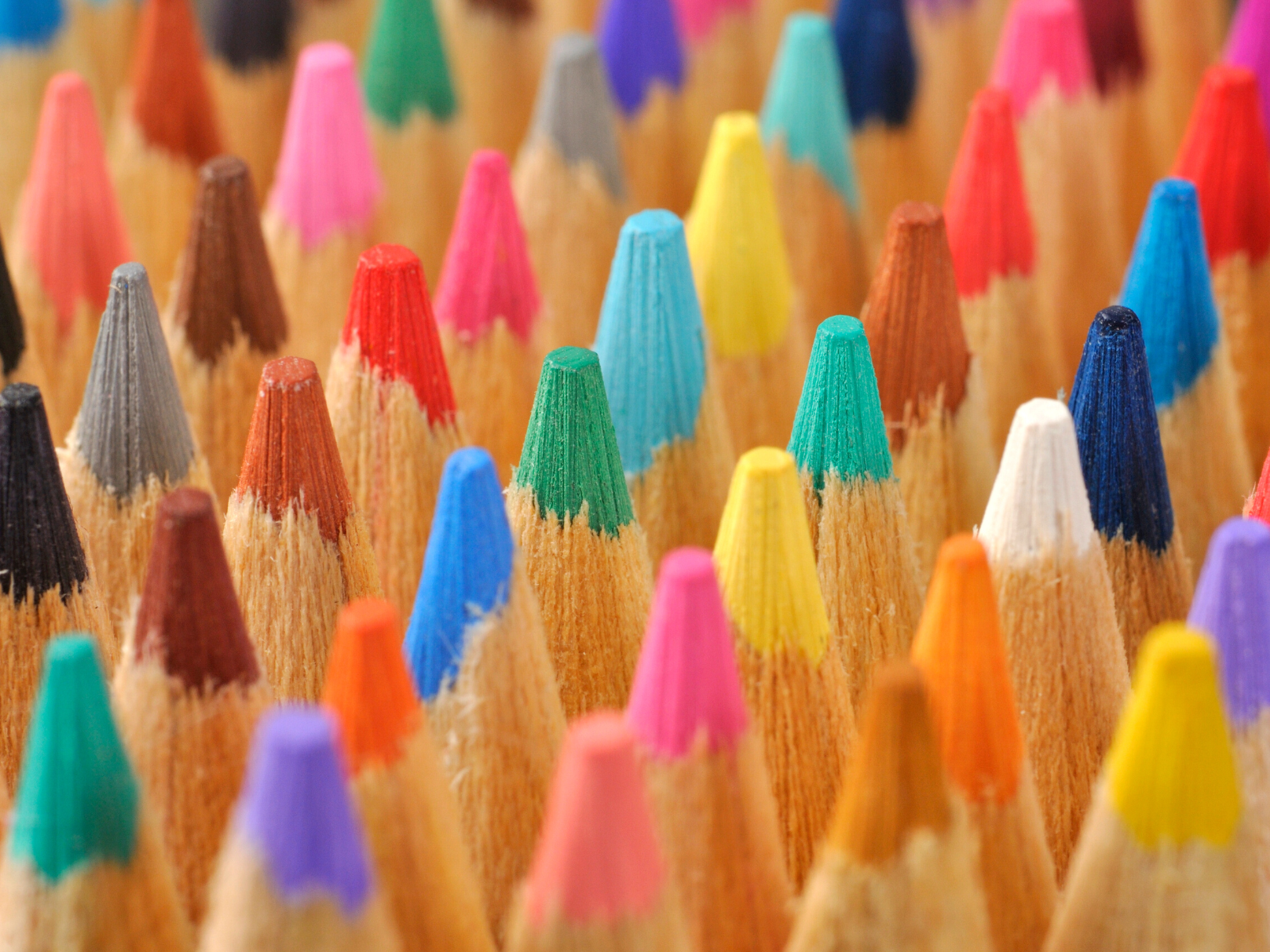
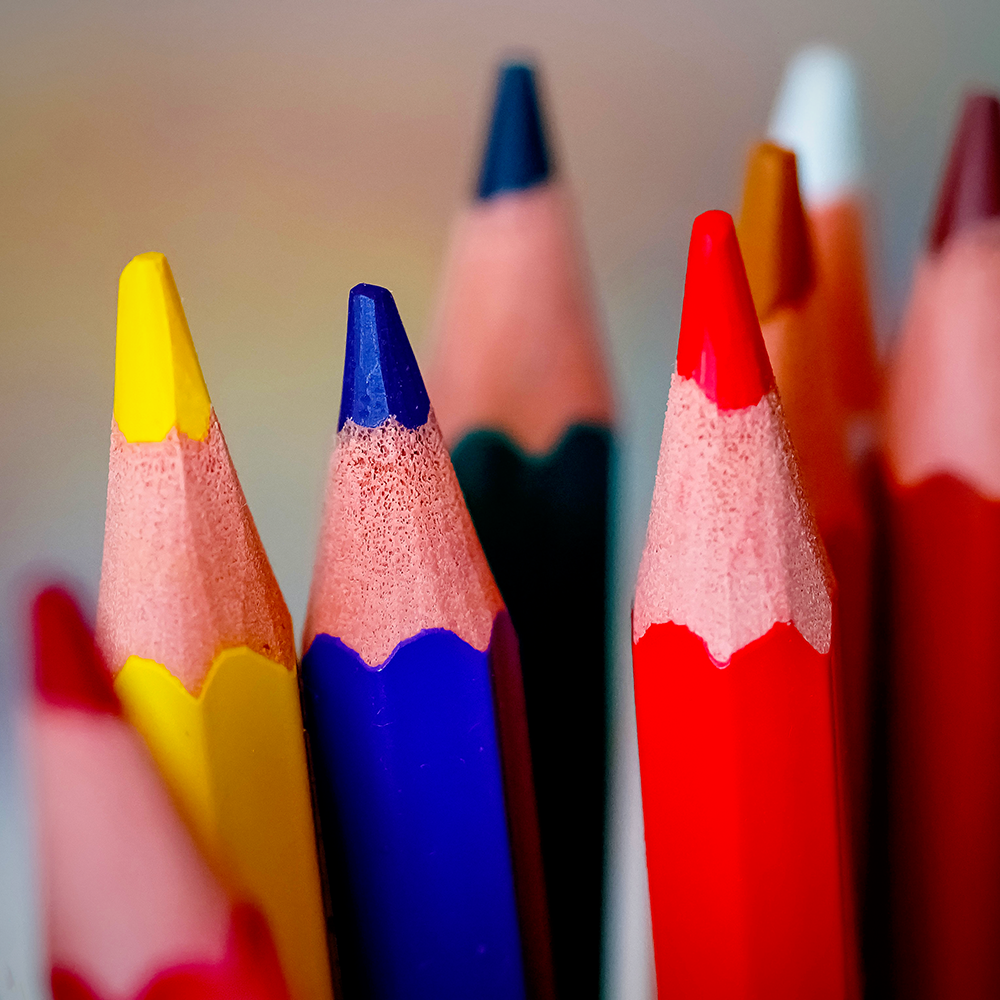
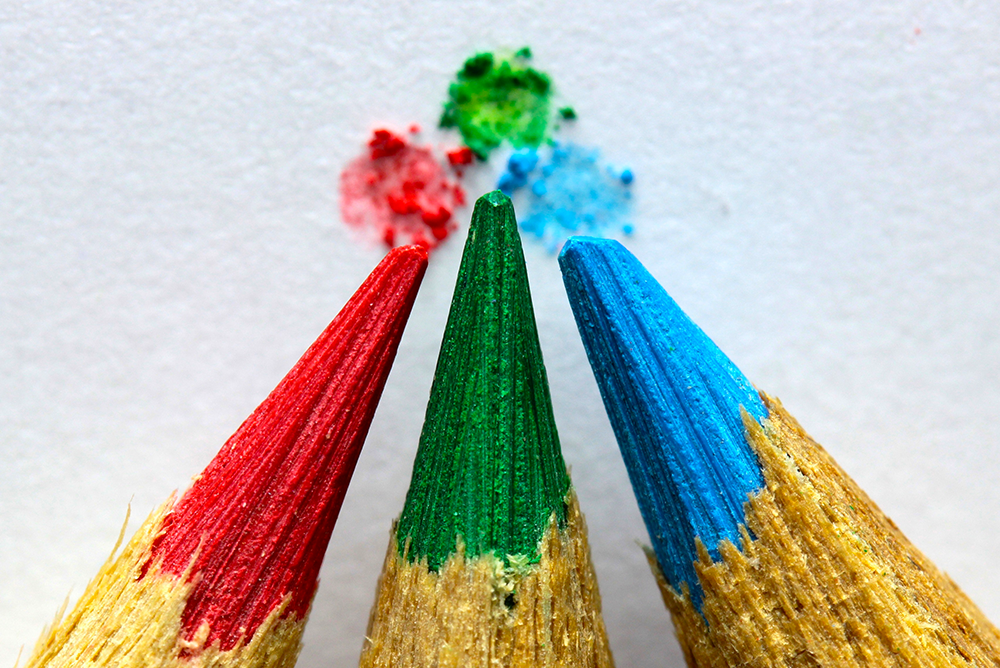
The Binding Agent
The binding agent is what holds the core together. It helps to make sure the core doesn’t crumble or break while you’re writing or drawing.
The binding agent is usually made from a combination of waxes and oils, and it can vary depending on the brand.
Some binders are more wax-based while others are more oil-based.
The binding agent also affects the texture of the lead; some binders produce a creamier texture while others are more waxy.
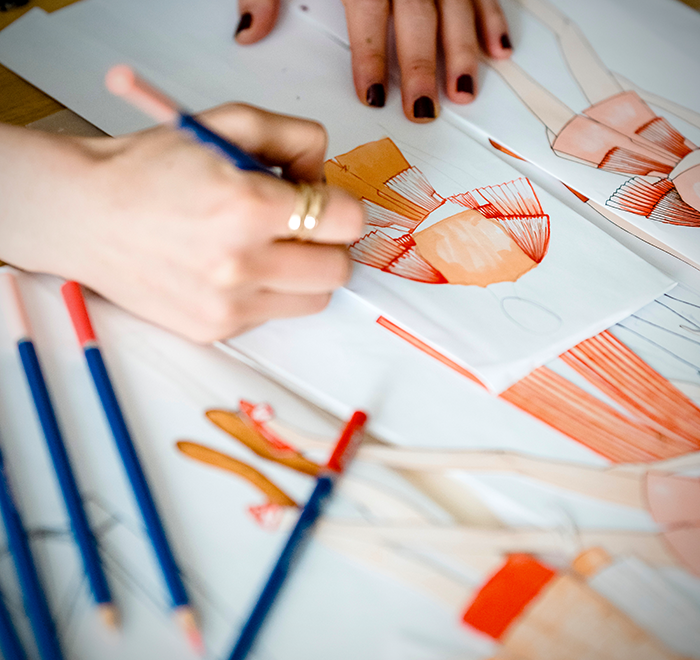

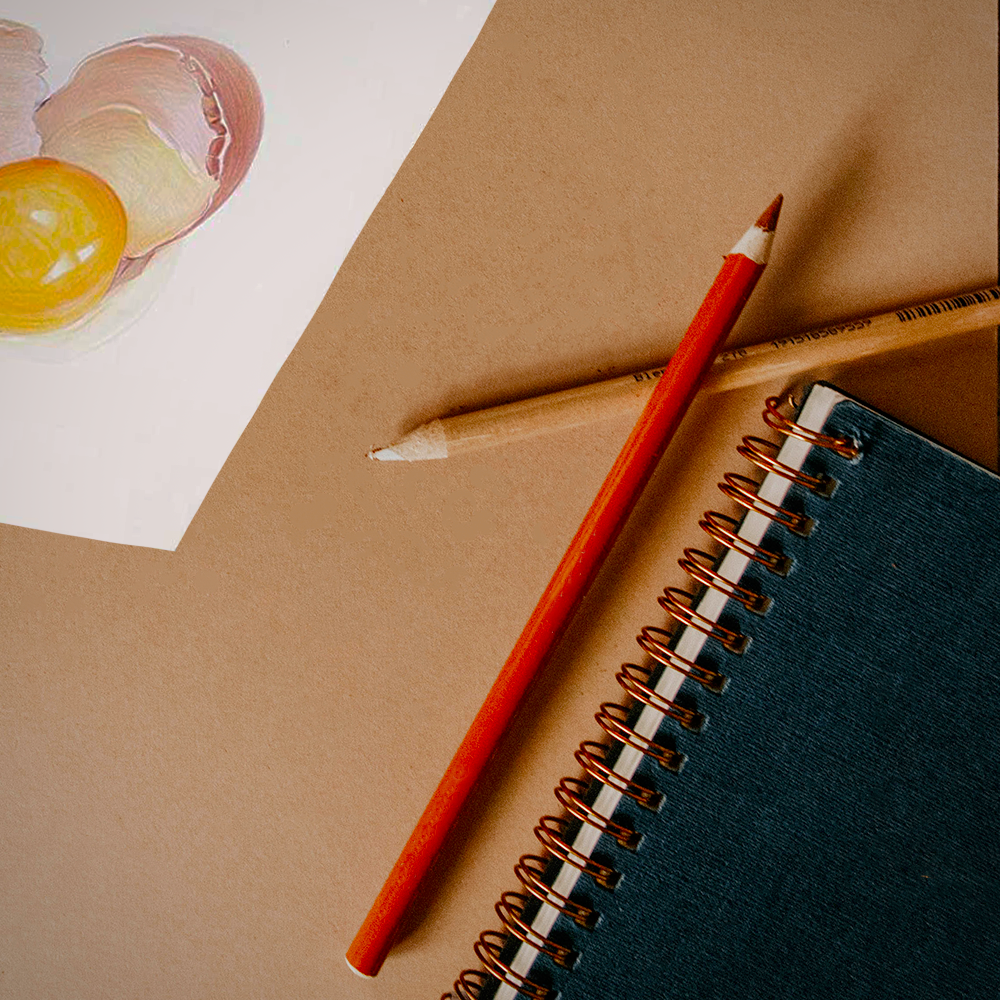
The Outer Shell
After the core has been created, it needs an outer shell that will protect it and provide users with a good grip when using the pencil.
This outer shell needs to be lightweight yet strong enough to protect the core without breaking too easily.
The wood casing around colored pencil leads is usually made from cedar or basswood.
Both woods are strong yet lightweight so they won’t break easily during sketches or long coloring sessions.
Cedar wood is often preferred because it has natural oils that help keep the lead from breaking off too easily; basswood is typically chosen because it can be carved into intricate designs to make beautiful art pieces.
No matter which type you choose, both cedar and basswood offer good protection for the leads inside!
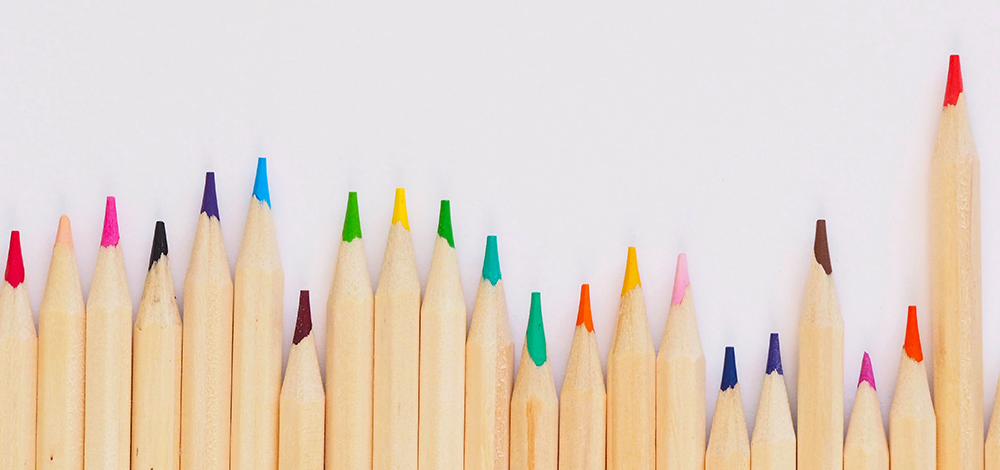
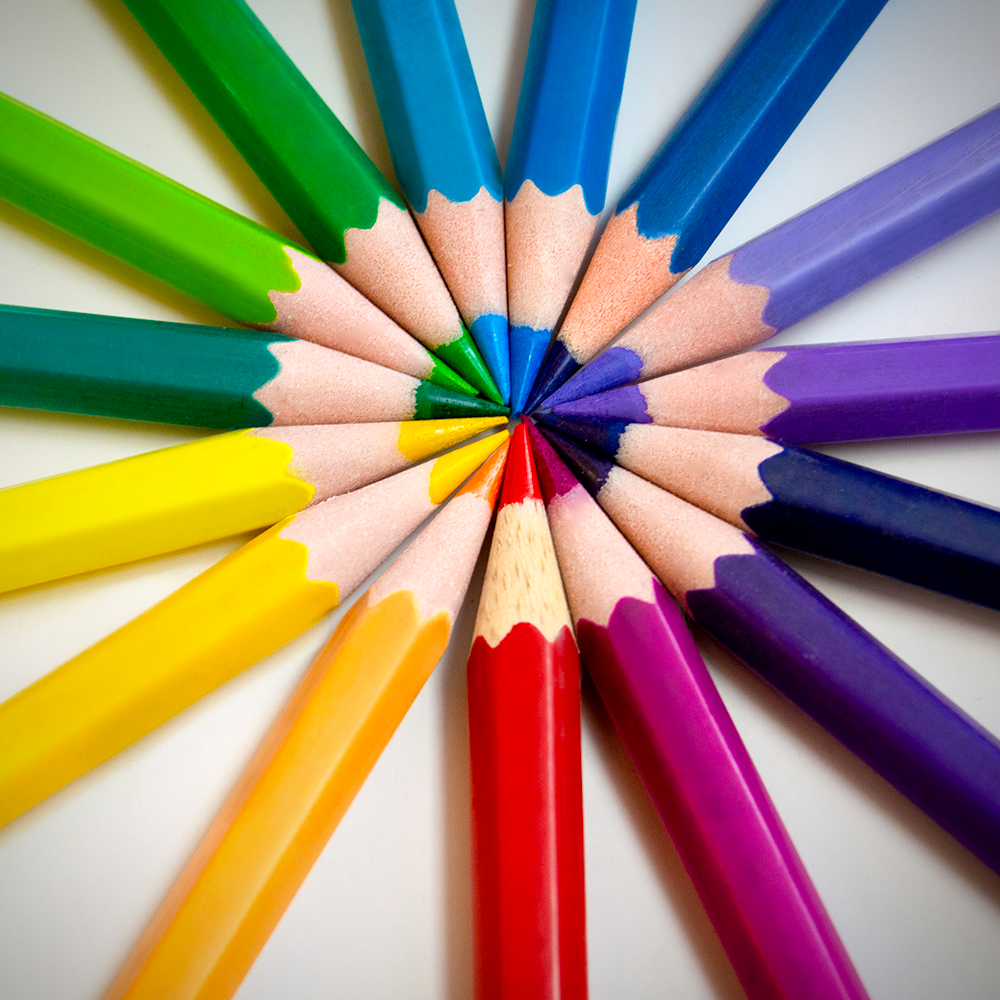

Finishing Touches
Once the colored cores and outer shells have been created by colored pencil manufacturers, it’s time for some finishing touches!
Colored pencils are typically coated with a thin layer of lacquer to add extra protection against wear and tear as well as prevent any smudging on hands or paper while being used.
Additionally, each pencil is given its unique design—from striped patterns to colorful designs—to make them stand out from one another on store shelves and in your art supplies collection!
So, the next time you pick up a colored pencil, take a moment to appreciate all of the materials that have gone into creating it.
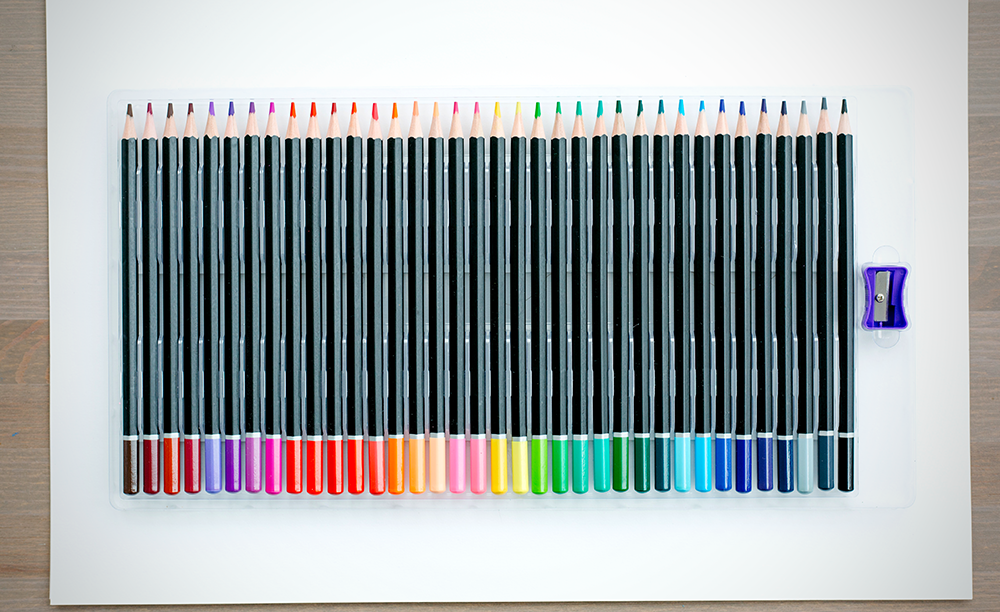
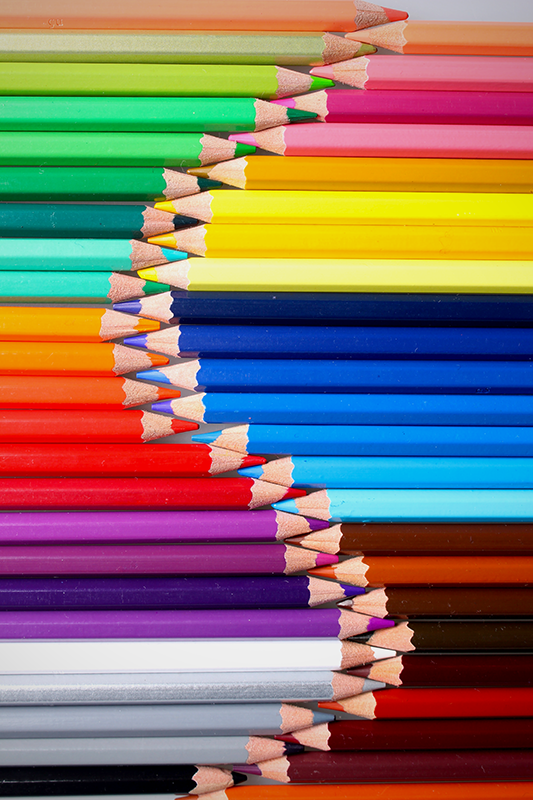
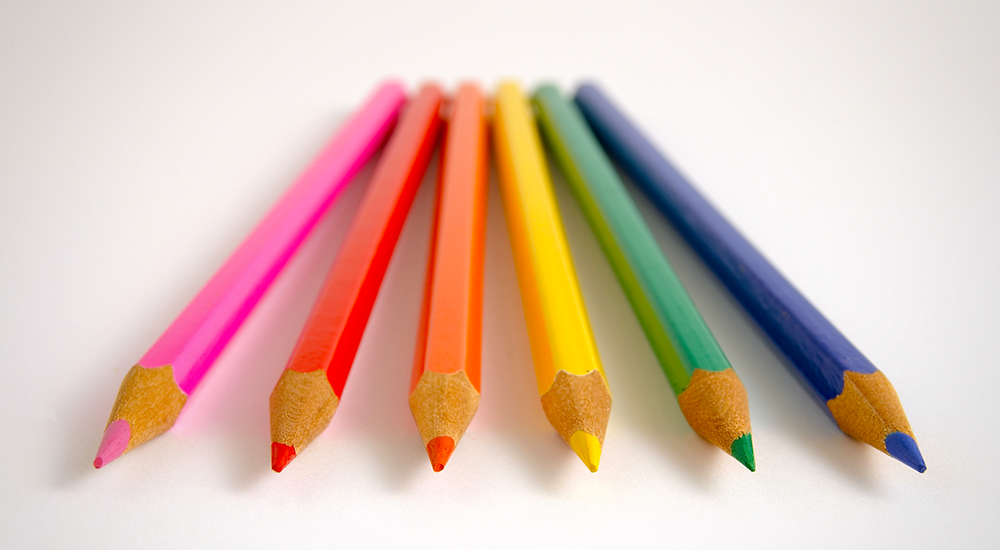
Types of Colored Pencils
In addition to the materials that make up a colored pencil, there are also different types that offer various benefits.
Standard colored pencils are the most common type and are usually wax or oil-based.
These pencils are affordable, easy to find, and great for everyday use.
Student-grade colored pencils are typically wax-based and more affordable than other types.
They are perfect for beginners who are just starting out and don’t need the most expensive supplies.
Artist-grade colored pencils are typically oil-based and offer more vibrant colors as well as better blending capabilities.
These artist-grade pencils are ideal for experienced artists who need the highest quality of colors and effects.
Erasable colored pencils are becoming increasingly popular, as they offer the same benefits of traditional pencils but with the added bonus of being able to be erased.
These pencils are perfect for those who like to sketch, as they can easily be corrected or changed.
Pastel pencils are a type of colored pencil that is made with a unique blend of wax and pigment.
These pencils have a softer lead that produces less intense colors but allows for better blending capabilities.
Pastel pencils are ideal for those who enjoy creating subtle, muted tones and shades.
Gel-based colored pencils, or "pencil crayon" sets, are popular for those who prefer to draw with a softer, smoother lead.
These pencils are typically more expensive than standard pencils and are harder to find, but the results can be worth it for those who prefer a more buttery lead.
There are also water-soluble colored pencils, also known as watercolor pencils.
These water-soluble pencils have a wax-based or oil-based core and a water-soluble binding agent.
This allows the user to blend colors more easily and create unique effects that can’t be achieved with standard pencils; watercolor pencils are lots of fun!
There are even mechanical colored pencils.
These pencils have a lead that is encased in a plastic casing and can be sharpened to a fine point with the twist of a knob.
This makes it easy to achieve precise lines and maintain a consistent line width throughout your drawings.
If you're struggling deciding, feel free to check out the Colored Pencil Society of America, as they offer a comprehensive list of all the different types of colored pencils available.
No matter which type of colored pencil you choose as your art medium, make sure to pick one that appeals to your artistic needs and budget.
Now that you know what goes into making a colored pencil, it’s time to get creative!
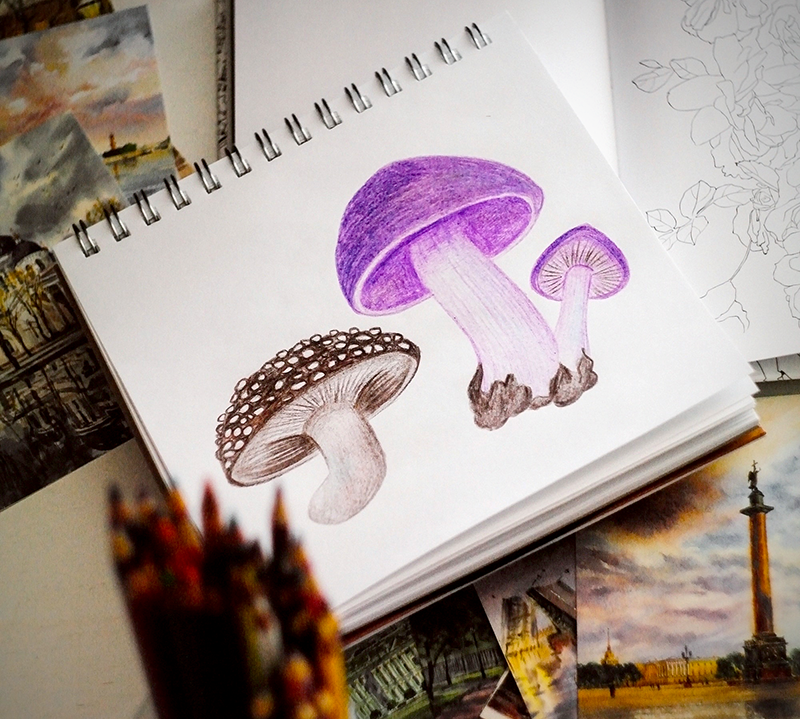
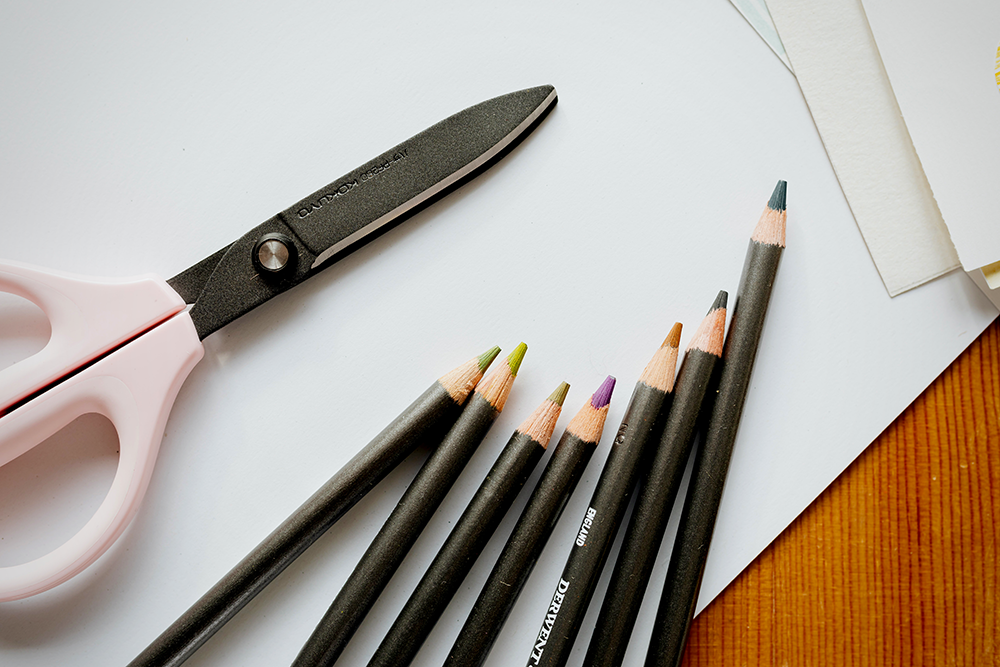

Creative Colored Pencils
All in all, colored pencils are made from several components—wax or oil-based pigments in the core, binders like clay and wax in the lead, and cedar or basswood for the protective outer layer.
Each component plays an important role in creating vibrant colors and a durable finish on your artwork!
From their wax or oil cores to their cedar wood shells and protective lacquer coating, colored pencils really are complex pieces of art material that deserve respect!
Whether you're new to arts and crafts or an experienced artist, remember these tips next time you go shopping for your next set of colored pencils!
Experimenting with different brands can help you find which ones work best for you—so, go ahead and explore the world of colored pencils!


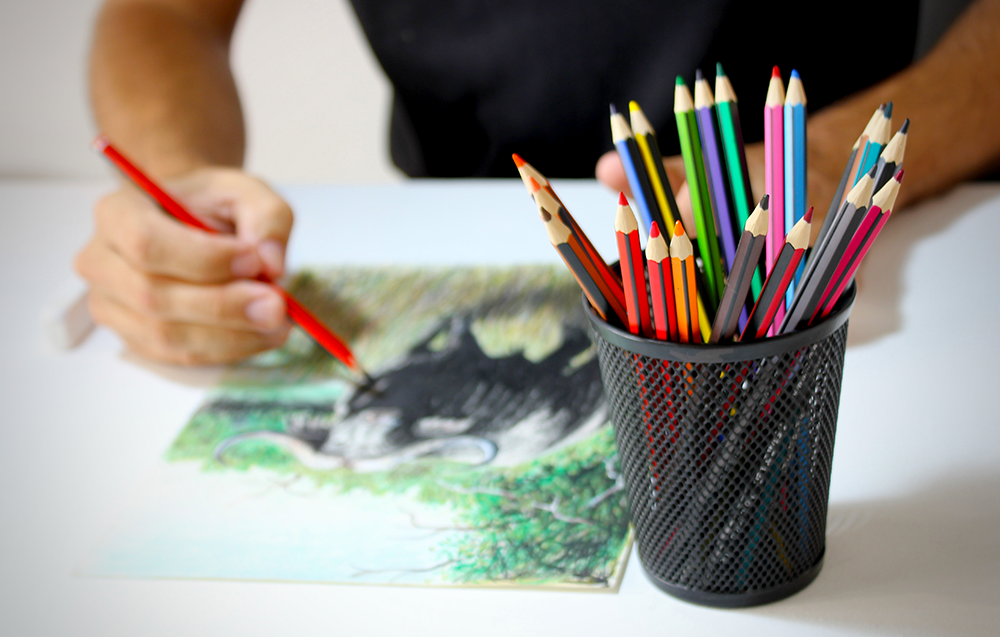
Want to learn more about how colored pencils are made? Check out Popular Mechanics' video!
Want even more content about creativity and art?
Be sure to check out all of our creative chronicles!
Looking for the perfect colored pencil supplies?
Check out some of our other articles:
